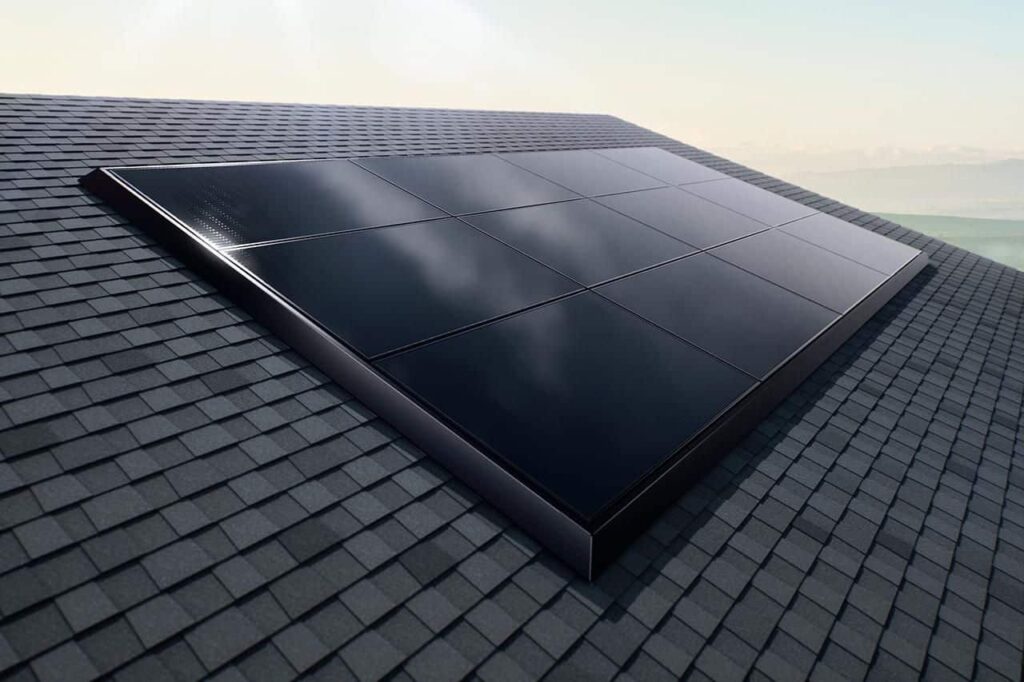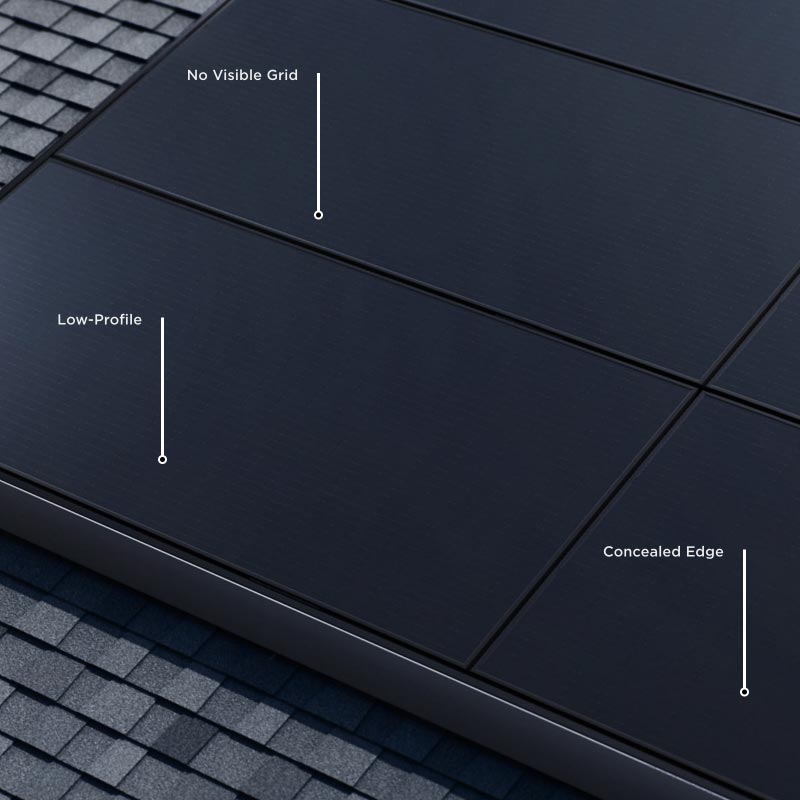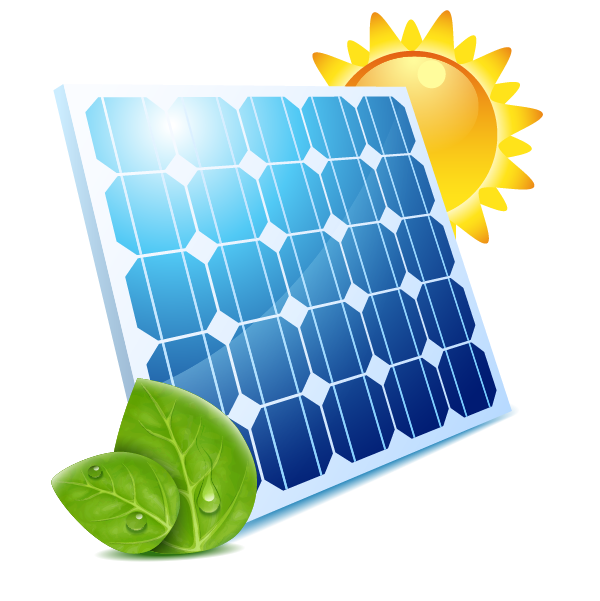Switching to solar energy is one of the smartest ways to cut down on electricity costs and reduce your carbon footprint. But the performance of a solar panel system depends heavily on how and where the panels are installed. Among all factors, roof orientation plays a crucial role in determining the amount of sunlight your panels can capture. In this blog, we’ll break down everything you need to
Switching to solar energy is one of the smartest ways to cut down on electricity costs and reduce your carbon footprint. But the performance of a solar panel system depends heavily on how and where the panels are installed. Among all factors, roof orientation plays a crucial role in determining the amount of sunlight your panels can capture. In this blog, we’ll break down everything you need to know about roof orientation and give you actionable tips to ensure the best solar panel placement.


Solar panels generate electricity by absorbing sunlight. The angle and direction of your roof directly influence how much sunlight hits the panels throughout the day. Proper orientation ensures you get the highest energy yield and a faster return on investment. Council group-buy models are a powerful way to democratize solar adoption. By leveraging the collective power of communities, they reduce costs, simplify the process, and speed up the shift to a low-carbon future. If your local council offers such a program, it’s worth exploring—you could save money and help your community go green at the same time.
The “best” direction for your solar panels depends on which hemisphere you’re in:
If your roof faces east or west, solar panels can still work effectively, though energy generation may be slightly lower compared to south/north-facing installations.
Besides orientation, the angle (tilt) of your solar panels also affects performance:

Even with the perfect orientation, shading from trees, chimneys, or nearby buildings can reduce your panels’ efficiency. Conduct a shade analysis or ask your installer to use solar modeling software before finalizing the placement.
If a south-facing roof isn’t available:
This can actually be advantageous depending on your energy usage pattern.